— Understated yet powerful, discreet yet distinctive: is the Ingenieur Swiss super clone watch a pure paradox? Despite its tendency to be overshadowed by its big sister the Portuguese, this collection is celebrating the 10th anniversary of its rebirth this year.
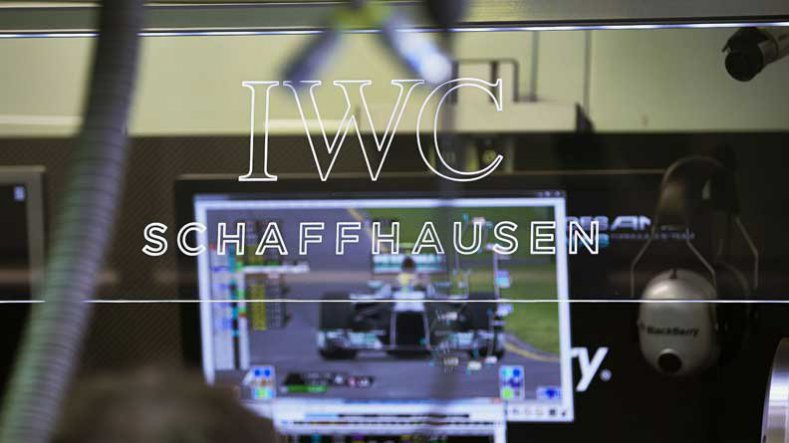
It is – once again – to Gérald Genta that we owe the brilliant design of the Ingenieur Replica Watches UK as we now know it. Its taut, virile and technical lines were to powerfully affirm the identity of a collection that has nonetheless had a turbulent history. For while the Ingenieur appears to have established itself as a fixture in the IWC collections, that has not always been the case. A few milestone dates are enough to highlight its adventurous path, having been first created in 1955, propelled to fame in 1975 by Genta’s design, progressively eclipsed during the quartz wave and then spectacularly revived in 2005. With such a string of “5s” in its chronology, 2015 is the perfect time to celebrate a model that is still very much on the scene despite the twists and turns of history.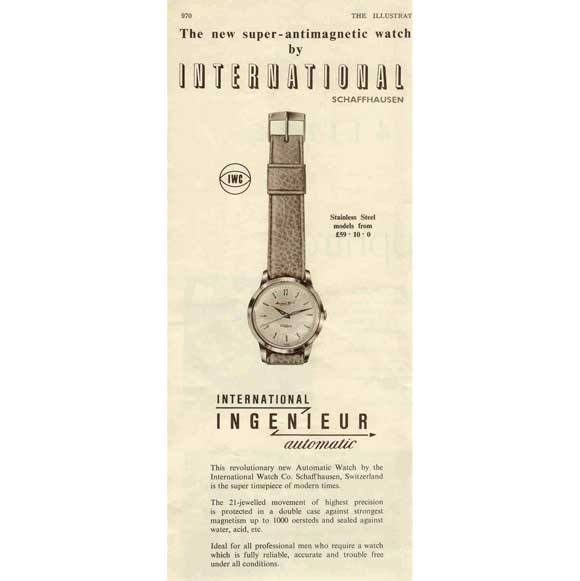
A 1958 advert for the Ingenieur. © DR
Built for bright sparks
Its audience – composed of scientists, researchers and engineers – has remained unchanged. The model was developed in the 1950s with such individuals in mind. Sturdy, antimagnetic, water-resistant and accurate, it was intended to serve as a firm ally of those who measure and explore the world.
Right from the start, the Ingenieur was a distillation of high-tech features. Its Faraday cage was capable of protecting the movement against magnetic fields of up to 80,000 A/m (amperes per metre). That was 10 times the minimum antimagnetic requirement of the time for Swiss replica watches! However, watch design in 1955 was not as bold as it would become in the following decades. The highly technical Ingenieur was presented in a very traditional design that somewhat blurred its positioning. And that was exactly where Genta would step in.
A barrel and screws
Before turning his hand to the Ingenieur, Genta had already designed the Royal Oak three years earlier, in 1972. IWC was content to draw inspiration from the latter while asserting its own style codes. The Ingenieur was the perfect candidate for Genta, as a model that was literally begging to express the full force of its technical nature.
Genta gave it a more tonneau-like (barrel) shape, complete with five visible screws designed to open the watch, an engine-turned motif and a nickname that would stick because of its 40 mm size that was very substantial at the time: Jumbo. The two latter features directly evoke the Royal Oak Jumbo and its pattern that was later dubbed “tapisserie”.
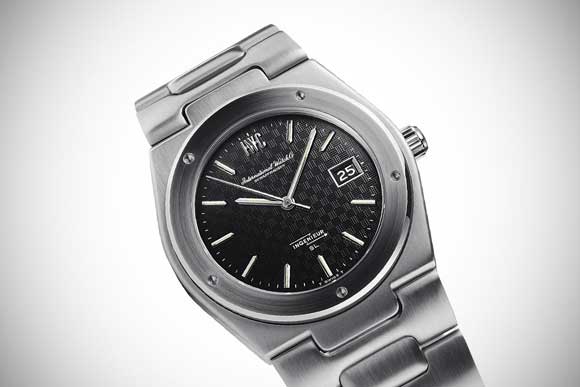
The 1976 Ingenieur Jumbo. © IWC Replica Watches
Relative failures and relaunch attempts
It had what it took to guarantee its success, and yet nothing much happened: the Ingenieur designed by Genta was a commercial failure and only 1,000 were produced. With hindsight, this failure is attributed to the tidal wave of quartz watches. Perhaps the model was simply too far ahead of its time, because these extremely rare collector’s timepieces currently sell for more than CHF 10,000.
Between the late 1970s and early 1980s, IWC attempted to jolt the Ingenieur out of its rut. Two models were entrusted with this daunting mission: a first one with a quartz movement that was supposed to be more in tune with the trend of the times; and then, a few years later, a version equipped with an externally sourced ETA 2892 movement – representing an unusual industrial approach for IWC that boasts a large number of in-house calibres including those developed by its technical director since 1944, the brilliant James Pellaton.
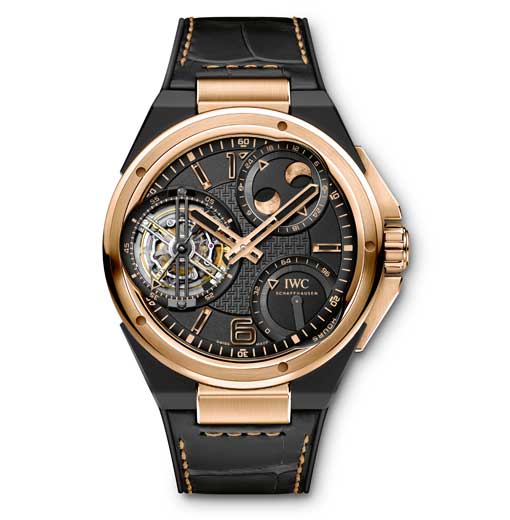
Ingenieur Perpetual Calendar. © Cheap Replica IWC
Back to roots
Largely ignored by the public at large, the Ingenieur then returned to its initial, purely technical territory. IWC began cooperating with armed forces in developing extreme models, notably capable of withstanding magnetic fields of 500 a/m. The result was a moderate success (3,000 were sold), but was in fact truly noteworthy for having pushed antimagnetic boundaries to an unprecedented level. In terms of precision, the other strong suit of the Ingenieur, IWC sourced from LMH (Jaeger-LeCoultre) a hybrid MecaQuartz model featuring a quartz movement, a mechanical chronograph and an alarm function.
It was not until 2005 that IWC reprised the Ingenieur that had been fading into the background. By that time, men were looking for four features in a watch – all of which were firmly embedded in the genes of the original Ingenieur: technical, accurate watchmaking with a good story to tell and a design featuring a deliberately vintage touch. The collection appeared in large versions, attired in titanium or ceramics and boldly fitted with a rubber strap. It even found its way into the racing paddocks of the Mercedes AMG Petronas Formula One Team. In the same pioneering spirit of precision, IWC equipped it with a Constant-Force Tourbillon escapement. And now, in a few weeks’ time, the brand will doubtless be unveiling the future of this collection that is now entering the second decade of its renaissance.
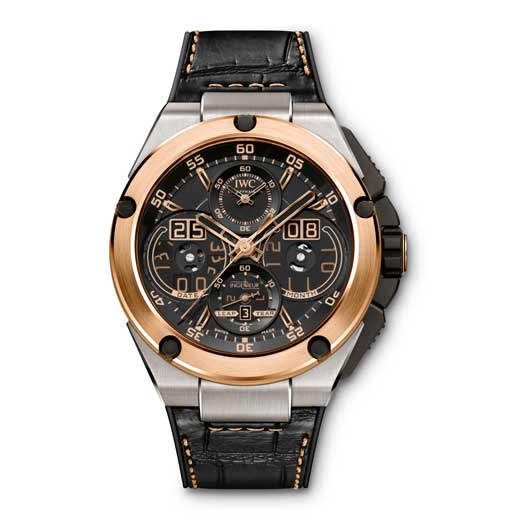
Ingenieur Constant-Force Tourbillon. © IWC Replica Watches